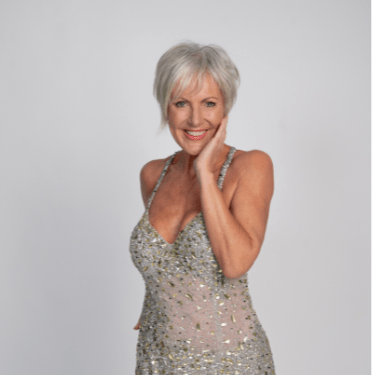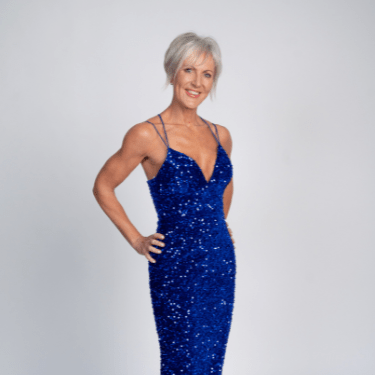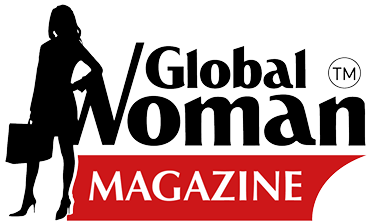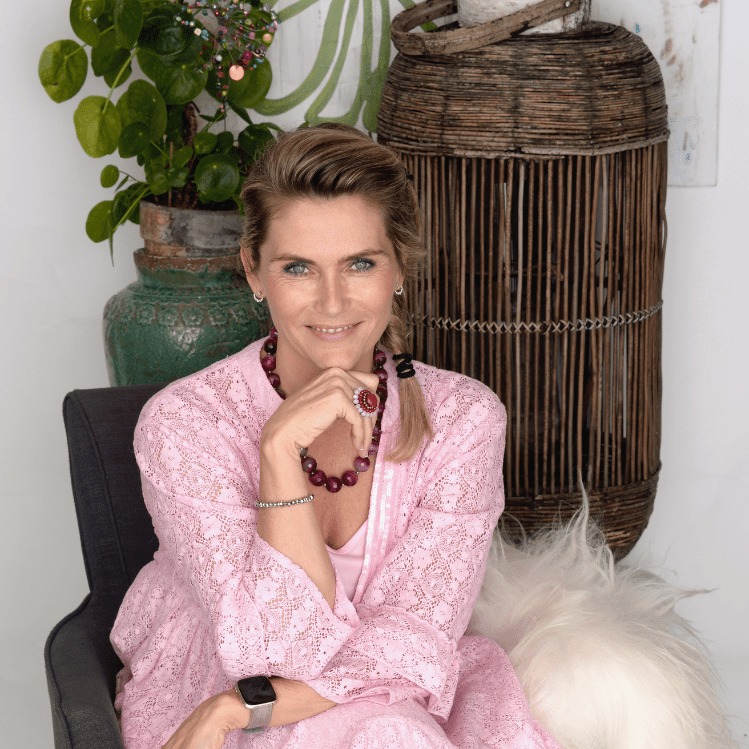
Fiona Lambert: Champion of Change
Fiona Lambert is a dynamic leader with a proven track record in brand building and market transformation, known for her entrepreneurial spirit, high energy, and creative design acumen. She excels in product development, marketing, sourcing, and merchandising, using her extensive experience and wide network to add significant value as a board executive, consultant, or NED. A passionate advocate for developing people and high-performing teams, Fiona believes this is key to business success. Her drive for continuous learning and personal challenge reflects her commitment to growth, both professionally and personally. Recognized with multiple awards, including Digital Innovator 2019 and Inspirational Woman of the Year 2015, Fiona is a decorated mentor and innovator in the retail industry. She also dedicates time to supporting charities and giving back to the community. Currently serving as Vice President of The Twenty Club, Fiona continues to inspire through her leadership and vision.
Throughout your career, you’ve been recognized for your ability to transform brands. What are the key elements you focus on when embarking on a brand transformation journey, and how do you ensure these elements align with the company’s vision?
The first thing I always want to understand is the heritage and history of the Brand at its height. If it’s a well-known brand, it’s important to respect that and to understand which parts of this to protect as unique.
It’s then important to understand who is the customer who’s buying it where they are moving to, and how to stop that erosion. I assess what are the key requirements to win back customers and also to grow new customers, sustaining the brand’s role in a demanding and fickle world of fashion retail.
I then work out where it’s position is in the market and where it needs to be, to fill the customer needs on price, style and design credentials, quality, sustainability and personality.
The key difference I believe I make is then deciding with confidence, what is the USP of the brand and making some brave decisions about what to stand for and what to leave to others. If you can’t give a customer a convincing reason to shop with you, then they will go elsewhere.
You are known for developing high-performing teams. Can you share your approach to leadership and how you cultivate an environment that fosters growth, innovation, and collaboration?

I see teams fail where everyone is similar. I’m a big believer in diversity of thought and approach, joined by a common goal and with each person trusted to play their part.
Working with the teams to develop the goals and create the actions and milestones together makes everyone accountable and engaged. I also support the team to become the best versions of themselves, often giving junior members with huge potential, opportunities to grow and succeed with challenges they may have not considered but with light touch guidance, excel at.
Your entrepreneurial spirit is evident in your approach to business. How do you maintain this mindset within large organizations, and how has it contributed to your success in various roles?
I always maintain you should walk into work every day with the hunger, curiosity and enthusiasm that you did on your first day in the role. Keeping an entrepreneur, start-up mindset even in big corporations is key as you stay agile and make business and financial decisions as if it were your business. I believe making a decision is better than making no decisions, and in the fast-paced fashion world, you can quickly learn from mistakes and build versus becoming stale.
Balancing creativity with commercial acumen can be challenging. How do you integrate your creative design eye with customer-focused product development to drive market growth?
I balance a healthy respect for past sales but try to understand the WHY of the success rather than repeat something as fashion retail thrives on change. I absorb future trends and give huge credit to the design teams, stay aware of movements in key competitors, look at forthcoming exhibitions (for example the Chanel exhibition had a huge influence on the following year’s styles ) and see technological developments in fabrics and print techniques all of which go into the decision-making process. The reality of having worked a long time in the field means I’m aware you will never get everything 100% right, but I have learned from mistakes, and to get 85% right is a good hit rate. I ensure my teams know it’s ok to make some mistakes but to be able to explain what they will do differently based on the lesson.
As the recipient of the Mentor of the Year award, what advice do you offer to aspiring leaders in the fashion and retail industry, and how do you believe mentorship impacts the broader industry?
I think listening is one of a leader’s strongest skills. Understanding an individual’s strengths, aspirations, and ways of learning and working and then personalizing your coaching style with them, is key to being a good mentor. I have always believed that developing a team in you is ultimately replicable, and to not be concerned about employing people smarter means you are doing your role in a leadership team. Too often businesses stagnate when there is no challenge or questioning allowed about the way things are done. It’s essential to have brilliant colleagues coming up through the ranks who can do this in the spirit of constant improvement.
You’ve been recognized as a Digital Innovator in 2019. How do you see the role of digital innovation evolving in retail, and what trends do you believe will shape the future of the industry?

The world has changed a lot since 2019! I think AI will inevitably have a part to play in the creative industry but will still require great minds to bring out the best of it. Marketing and advertising will see big changes with the requirements for huge photoshoots shrinking and ideation becoming more AI-generated but businesses that embrace this will see the benefit.
You emphasize the importance of learning and challenging yourself. Can you share a personal or professional challenge that significantly impacted your growth and how you overcame it?
Six months ago I had the chance to climb Kilimanjaro for The Princes Trust Charity, supporting disadvantaged young women in their career development.
I learned 3 key things.
With the most basic of sleeping accommodation in a one-man tent, the minimal amount of clothes, no running water and no connectivity for 8 days, you require very little and to remember to be grateful for small things. The donation of a spare toothbrush to clean under our nails became a luxury. Practising gratitude is so important.
Travelling with 9 women I didn’t know but thrown into quite extreme circumstances where you had real highs and also real lows and tears shed, it is okay not to be okay and express those emotions.
Your mind will make you go further than your body. Summit night was gruelling, awake for 36 hours, climbing in the dark to 5895m with 50% of the oxygen of sea level, it was your strength of mind that made me pick up one foot after the other. Having done Kilimanjaro, I know I can find that inner tank of grit whenever I need it.
You’ve received numerous accolades throughout your career. How have these recognitions influenced your approach to work, and what do you consider your most significant achievement to date?
I have never set out to do what I do for awards or accolades. I do however feel pleased that women are recognized, especially in my case, for creative achievements or people development. They are less tangible skills, harder to quantifiably measure, yet the lifeblood of what keeps the fashion industry going. I am pleased that I can be a role model for all of the creative, passionate women who follow in my footsteps. I was recognised as saving Graduate Fashion Week, as I fought to sponsor it when it was going to close after 25 years due to at the last minute, sponsors pulling out. Thanks to my achieving this it’s still running and showcasing countless graduates’ work to employers every year of which I am extremely proud.
What inspired you to move away from your successful career in fashion and write your latest book Invincible Not Invisible?
As I approached my 60th birthday last year, I felt concerned that I didn’t want to say my age as it seemed society deems us invisible or less relevant as we hit this age. I decided instead to embrace it and prove it was the beginning of the best time of my life and challenged myself to get to my fittest and healthiest and feel Invincible, not Invisible.
The transformation process I used on myself rather than a brand and psychology and strategy I have used in business was part of the process. It got covered by The Times and I was approached to write a book.
I wanted to prove and inspire others to realise that it’s never too late and you are never too old to choose to be the fittest and healthiest version of yourself.
What are the key takeaways from your book that can help people to transform not only their health and wellness and get excited about life again?
I used the five P’s to get in the right mindset to make the lifestyle choices sustainable and I believe they can be applied to any goals, Purpose, Planning, Perseverance, People and Positivity.
The book is available on Amazon, Waterstones, Eden, and WH Smiths for £17.99 Publishers Synergy Publishing

APPLY TODAY
100 Top Global Women Entrepreneurs – Global Woman Magazine
Our Journey in 12 Months:
Our Journey in 12 Months – Global Woman Magazine
5 Things That Show Money is Not Evil:
5 Things to Show That Money Is Not Evil – Global Woman Magazine
Global Man Magazine Page:
Global Woman, Global Man: Socials:
Global Woman Magazine (@global_woman.magazine) • Instagram photos and videos






